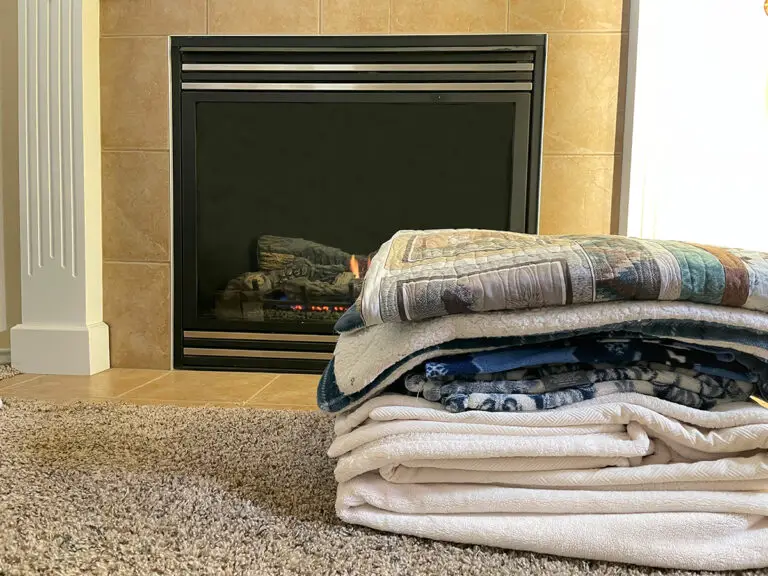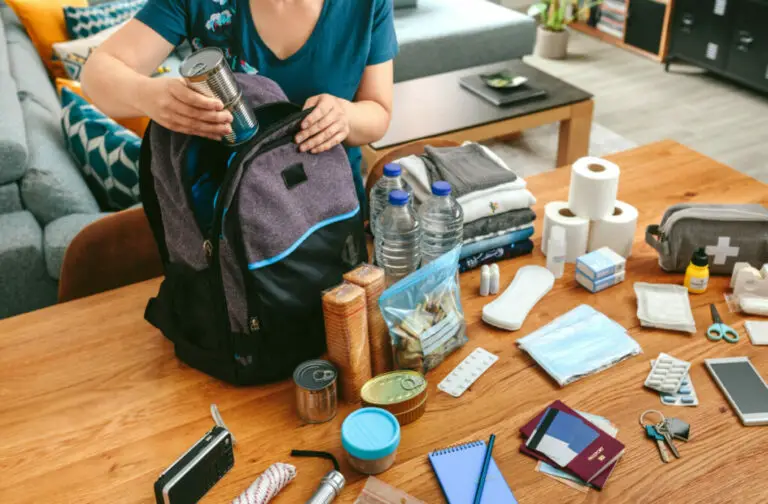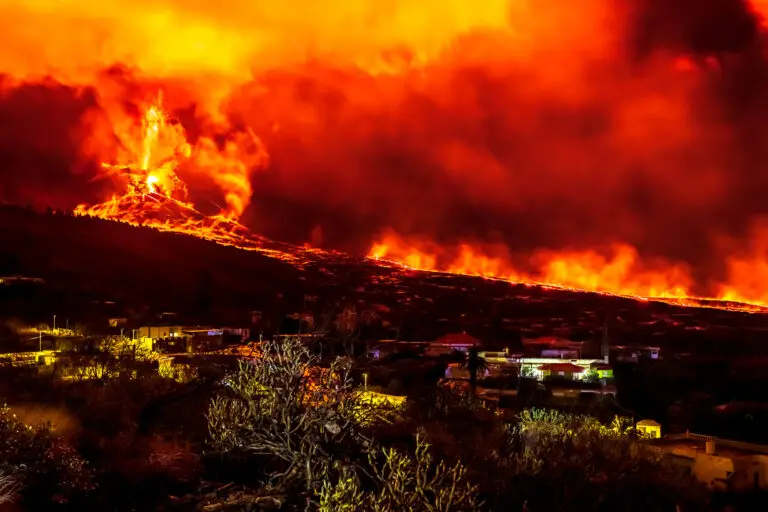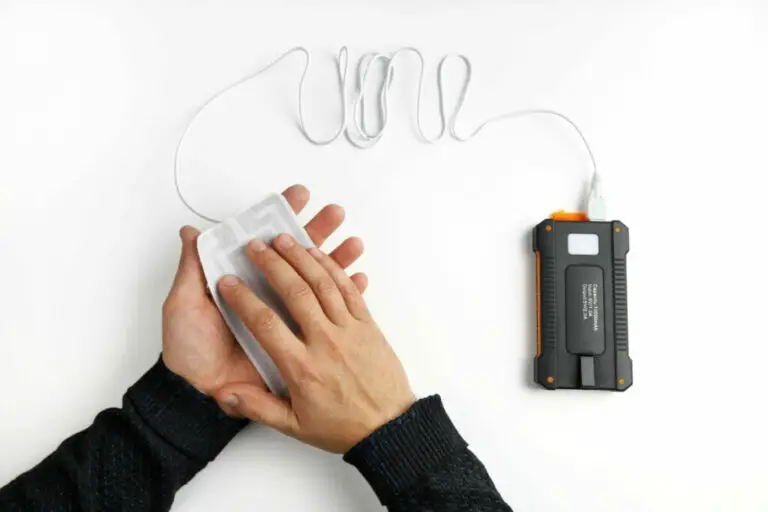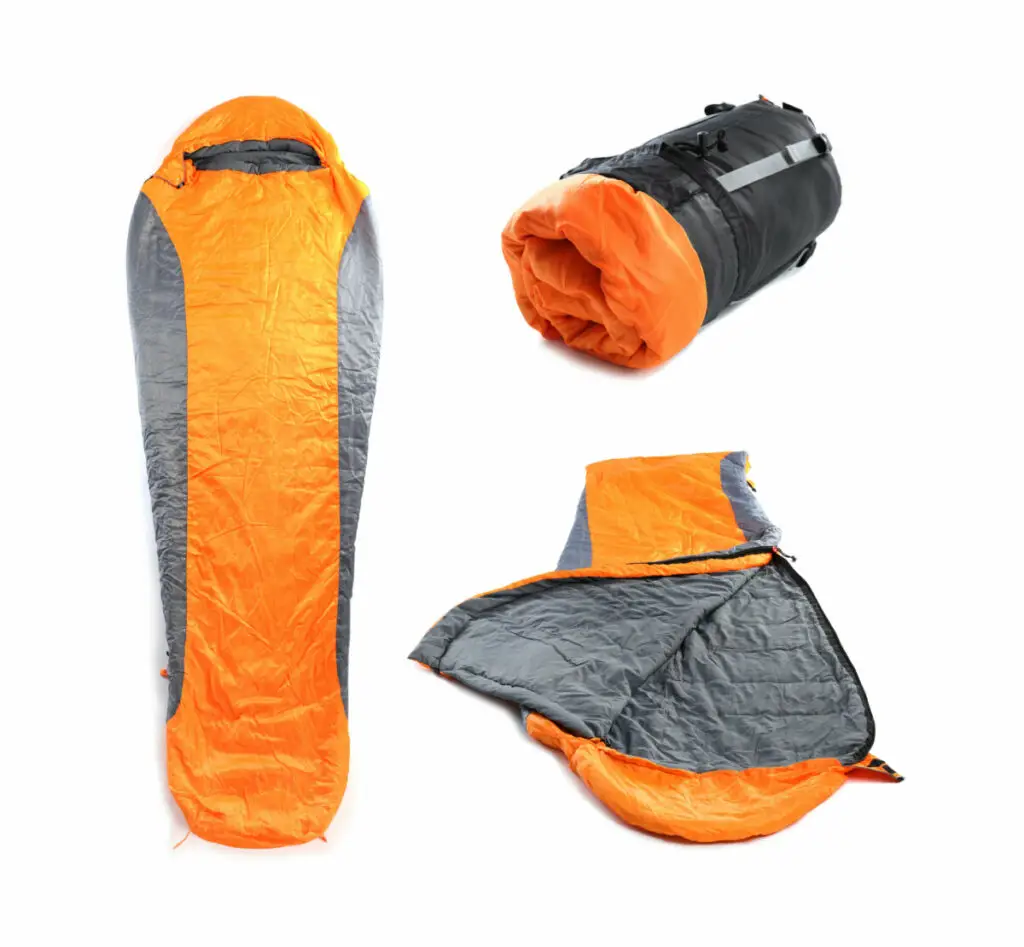
If you’re preparing for intense camping or adventure trips, you want to pack the best supplies to be prepared for any challenge or emergency. So you might be wondering if it makes sense to buy an emergency blanket or bivy sack instead of a sleeping bag, especially for severe cold weather or hypothermic conditions.
Emergency blankets or bivy sacks can be used instead of sleeping bags but usually aren’t as warm. The main benefit of emergency blankets is that they are more lightweight than sleeping bags and can fold up to be much smaller. They are also easier to pack than sleeping bags.
But it really depends on the situation you’re in and what specific sleeping bag, emergency blanket or bivy sac you get. More on those below.
Emergency Blankets
Modern emergency blankets are made of high-grade foil that is derived from NASA technology, which is why emergency blankets are sometimes called solar blankets, mylar blankets, or space blankets. They’re useful for an impressively wide range of professionals including surgeons, astronauts, and mountaineers. They’re conveniently mass-produced, and are very affordable!
Although they reflect and keep heat out, they also reflect the wearer’s body heat back towards themselves, keeping them warm. Emergency blankets are even used by athletes right after they finish a high-intensity activity like a marathon or swimming race in order to help them regulate their body temperature, which often plummets after they are done running or exercising.
First responders and healthcare employees also use emergency blankets to help stabilize someone in shock. They’re good for emergency situations because they are lightweight, don’t take up much space, and are very cheap. Most of these blankets only cost around $7 or less, weigh around 3 ounces, and when they are folded up, they can be reduced to the size of a deck of playing cards!
During emergencies, emergency blankets can be put to use as tarps, tents, lean-tos that offer shelter, waterproof shields from rain and snow, and as a cover around the head and body to prevent heat loss. The shiny, aluminum-foil-like appearance of these blankets can even help to signal others for help during a natural disaster or emergency situation.
While useful, it is important to note that emergency blankets do actually have an expiration date. As they get closer to the end of their expiration date, they will be more likely to tear, and their reflective coating may begin to wear down, which reduces their efficiency. Even if your blanket isn’t close to its expiration date, you will likely need to replace the blanket after several uses. This helps make sure that your blanket will stay in top condition, ensuring that in an emergency situation, your gear is in top shape.
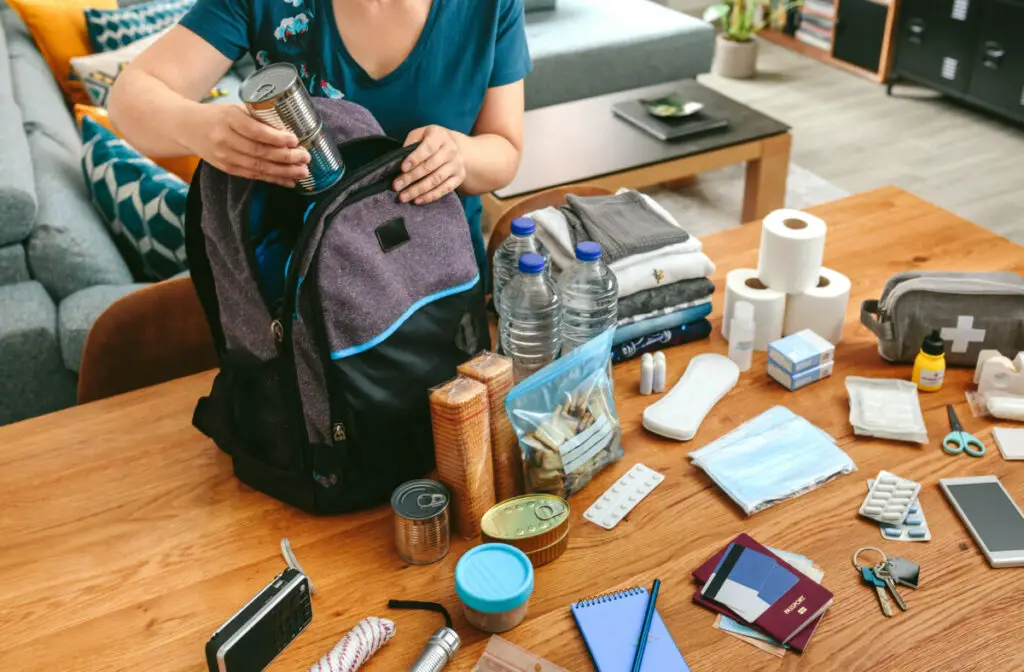
Sleeping Bags
In most ways sleeping bags are more effective than a basic emergency blanket because they’re enclosed and can fit your entire body inside of them. But some emergency blankets and bivy sacks can also come in bag form.
The very best sleeping bags are made out of down or synthetic down materials which makes the ideal for wilderness adventures like backpacking and hiking. They can trap most of your body heat so it doesn’t dissipate.
Most modern-made sleeping bags are made with down since it is one of the warmest materials known to humankind, but synthetic down sleeping bags are sometimes even better because some of them can get wet and still keep you warm. If the authentic, real down gets wet or even a bit damp, they don’t work well when it comes to retaining heat.
There are many different kinds of sleeping bags, each rated for different temperatures. The sleeping bags best rated for cold or harsh weather are often called mummy bags. They get their name from their shape, as well as the way your generally have to lay inside them during use. They’re much more narrow than your average sleeping bag, making it easy to fill the bag with your body heat and keep you warm.
The reduction in size also makes them easy to pack and store, with many of them coming in “stuff sacks”, a small bag you can just stuff your sleeping bag into when you’re not using it, as opposed to a bag you have to carefully fold and roll up.
Bivy Sacks
Bivy sacks are short for “bivouac sacks.” The word bivouac means a temporary shelter or casual encampment. Bivy sacks are ideal if you need to carry as little weight as possible. So they’re a great option if you’re doing mountain biking, backpacking, climbing, or other extreme outdoor adventures.
Bivy sacks are often waterproof like emergency blankets, but they’re usually shaped like sleeping bags unlike emergency blankets, which means they’ll help you retain more heat.
Quite a few bivy sacks are made with the same technology as emergency blankets but they’ll most likely be blended with stronger and heavier materials. So although bivy sacks are often heavier than emergency blankets, the added durability can make them worth the trade off.
Bivy sacks are also really small and can fit into a pouch about the size of a can of soup. They usually weigh around 6.5 ounces and cost between $16 and $40 per sack. Exactly how much a bivy sack costs depends on the materials used, the size of the sack, special features, and the brand.
Comparisons and Substitutions
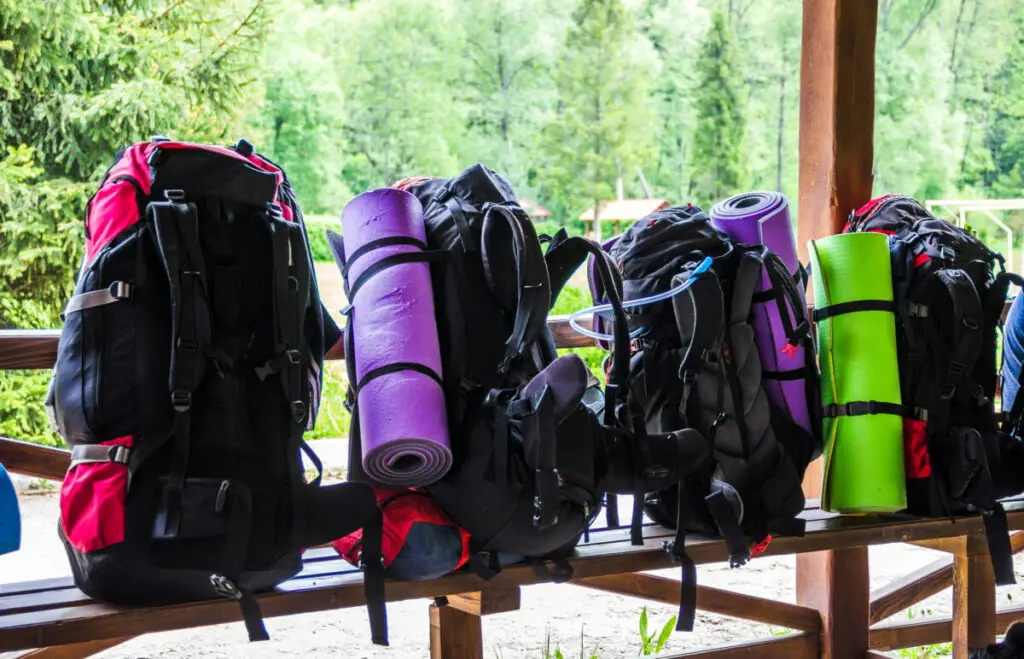
To get the most out of a bivy sack or emergency blanket it makes the most sense to combine them and use them over top of a good sleeping bag.
I always prefer to use a sleeping bags or bivy sack instead of an emergency blanket because I can actually get inside of it which keeps me more warm. However, if you want a backup option that is cheap and lightweight for emergency situations then an emergency blanket is a great choice too.
When it comes to emergency blanket use with your sleeping bag, they can be especially helpful when it comes to wet or damp situations. You can place one on the ground to help keep you off the damp or the dirt, and one on top can help keep the rain or morning dew off your sleeping bag.

